As a diamond lover and gemologist, I have heard about laboratory grown diamonds since the 1980's. At that time, scientists were able to make a synthetic diamond that was up to a one carat size and was brown or brownish-yellow in color and they took a very long time to grown the crystals. Because of the costs involved, the price on these stones was very high.
What are laboratory grown or man-made diamonds?
They are stones that have the same chemical and optical properties of a diamond that is mined out of the ground, including the same specific gravity and even similar inclusions. They are grown from one of two processes; HPHT (high pressure, high temperature) or CVD (chemical vapor deposition) in a factory.
In early 2010, there was a breakthrough and the scientists were able to improve the outcome and large white diamonds were created. By 2016 the race was on to see who could market these laboratory diamonds to the general public. It still takes a huge investment to purchase the chambers that make the diamonds. The companies making them are located in China, Russia, etc. There are ways to tell the difference between a natural diamond that was mined from the earth and one that was factory-grown, but the average jeweler cannot afford this equipment.
I recently head Dr. Ulrika D'Haenens-Johansson, a senior research scientist of the Gemological Institute of America (GIA) laboratory in New York, give a presentation in Austin, Texas on Synthetic vs. Natural Diamonds and how GIA has started grading these laboratory diamonds. GIA uses a very different grading report for synthetic diamonds vs. the natural diamonds. The top of the report for the lab-grown diamond says "SYNTHETIC DIAMOND REPORT" and it does not have a specific clarity or color grade but terminology for a range of grades. They also laser inscribed these diamonds on the girdle so that under magnification you can read "LABORATORY GROWN" clearly on the stone. The report is also silver and white as apposed to gold and white used for a natural diamond report.
What does this mean to the buying public?
It means that you need to be even more aware when purchasing a diamond. Make sure that you buy from someone that is knowledgeable and has a good reputation.
REAL WILL ALWAYS BE RARE. Some jewelry industry experts predicted that the price of natural diamonds would go down as the laboratory grown diamonds increased in popularity but so far this prediction has not come true. What has happened is there is now a new category in the jewelry industry called "lab grown diamonds". If you go to a retailer and request one of these stones, they would be calling it one of these names:
- Man-made diamond
- Synthetic diamond
- Laboratory grown diamond
(Not to be confused with simulant diamond like cubic zirconia (cz), moissanite, YAG, etc.)
I have heard that there are some retailers trying to mislead the consumer by calling the-Above Ground Diamonds or Artisan Diamonds. This is truly a misrepresentation of what a laboratory grown diamond is and you should follow the adage "buyer beware".
This remains to be seen but as new producers of lab grown diamonds hit the market, this diamond broker predicts that the prices will eventually go down.
What about the natural diamond prices?
I often joke with my clients that if I had a million dollars when I got into the jewelry business 25 years ago and invested in diamonds, put them in a safety deposit box, and didn't work at all for 25 years and went to sell them today, I would have made twice as much money as I have for all my years of work. Shoot, too bad I did not have $1,000 much less $1,000,000 back then. I have never played the market in diamonds but I have sold over 50 million dollars worth of diamonds by buying only what my customers wanted and my gross sales of natural diamonds have not gone down.
Larger natural diamonds, 2 carats and up, have continued to go up in value and I have seen these larger diamonds get harder and harder to come by. My advice-if you have a natural diamonds, keep it in the family and don't sell it! You can always put it in a new setting. It is very easy to store a diamond and who knows how rare it will be and what it will be worth in another 25 years!


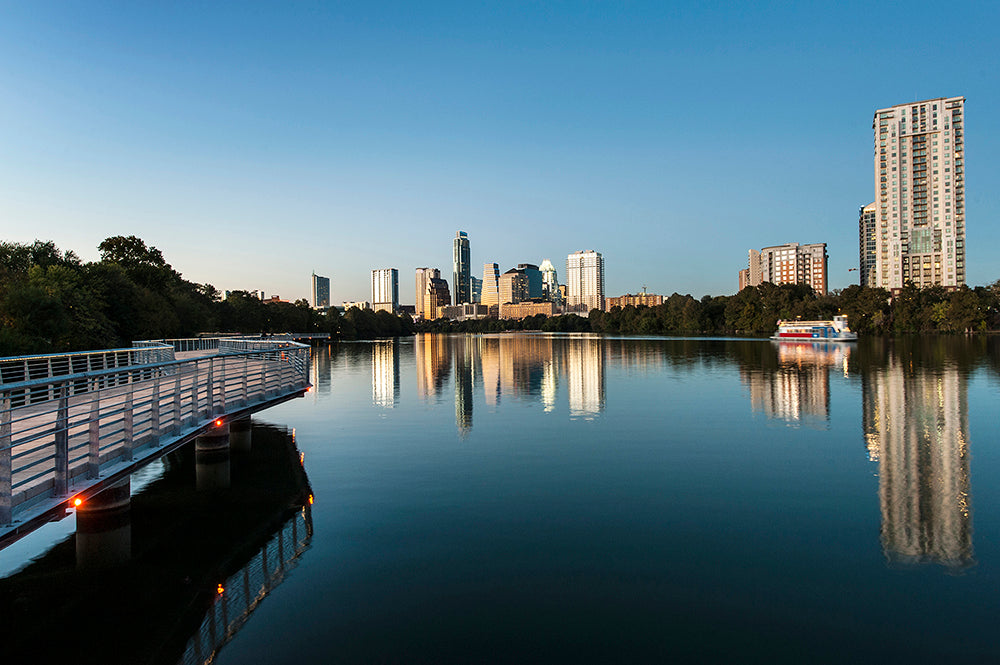
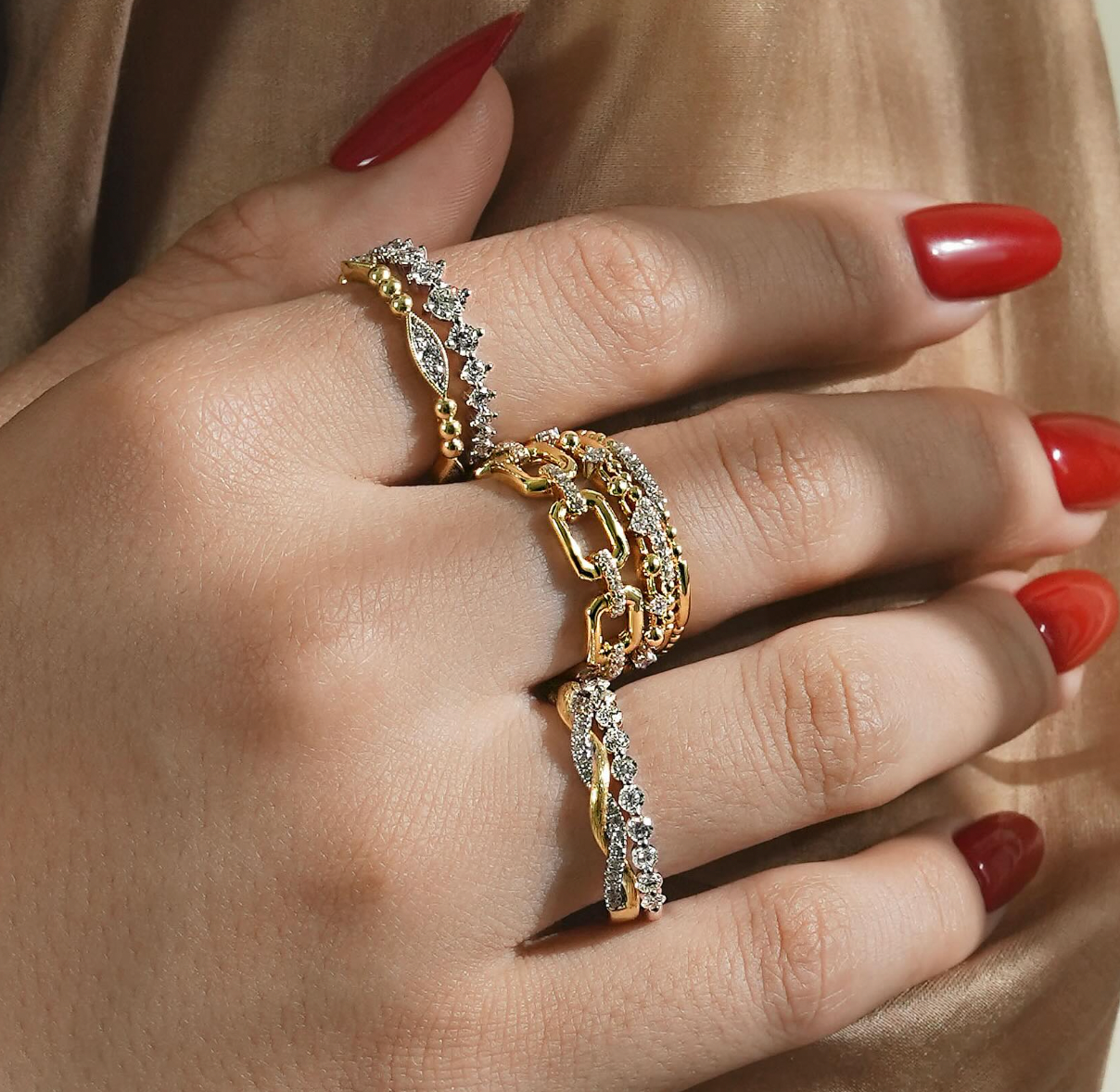

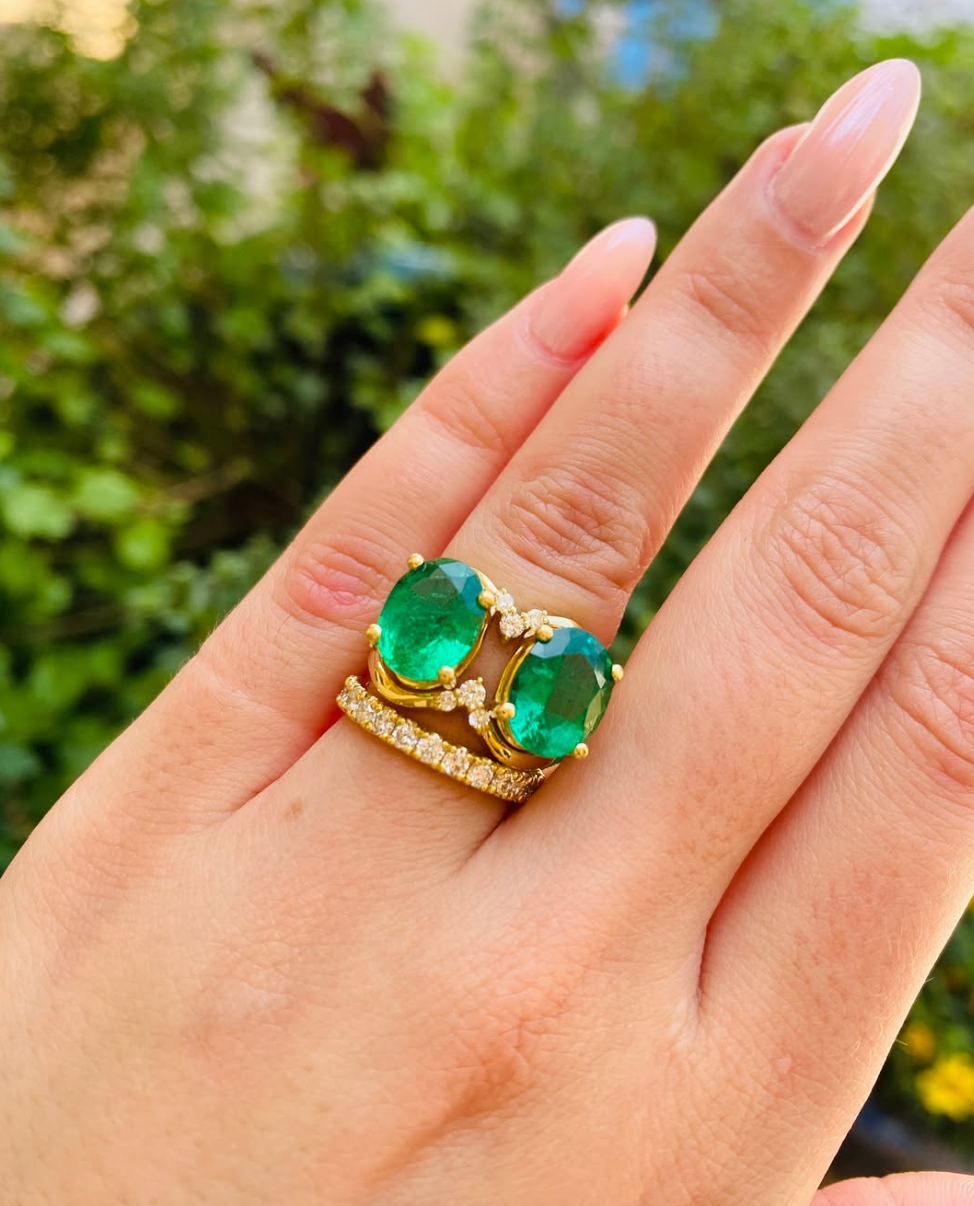



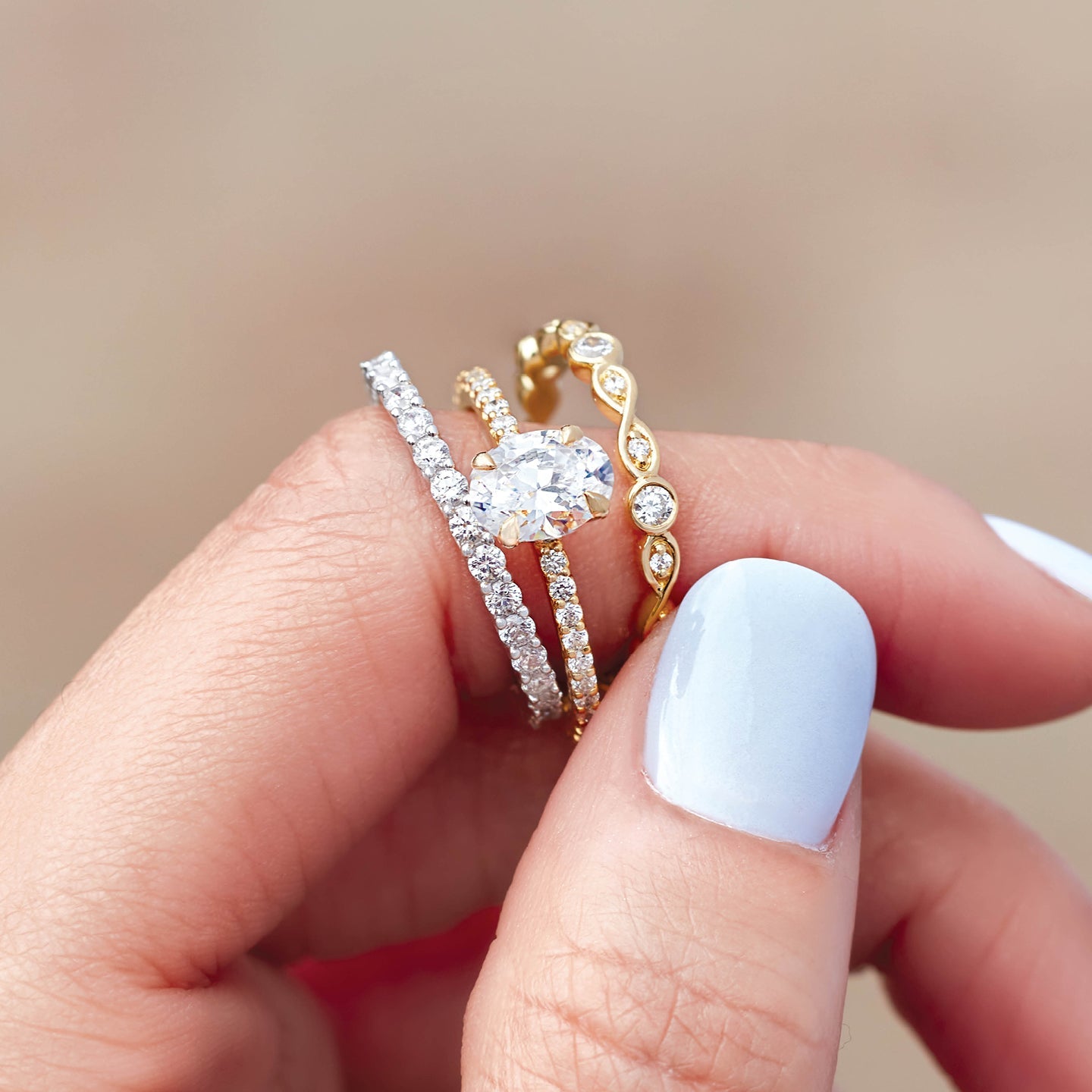
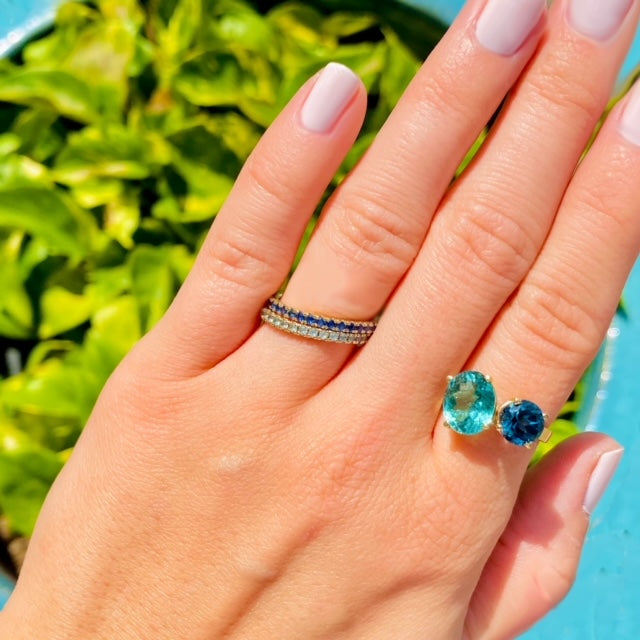


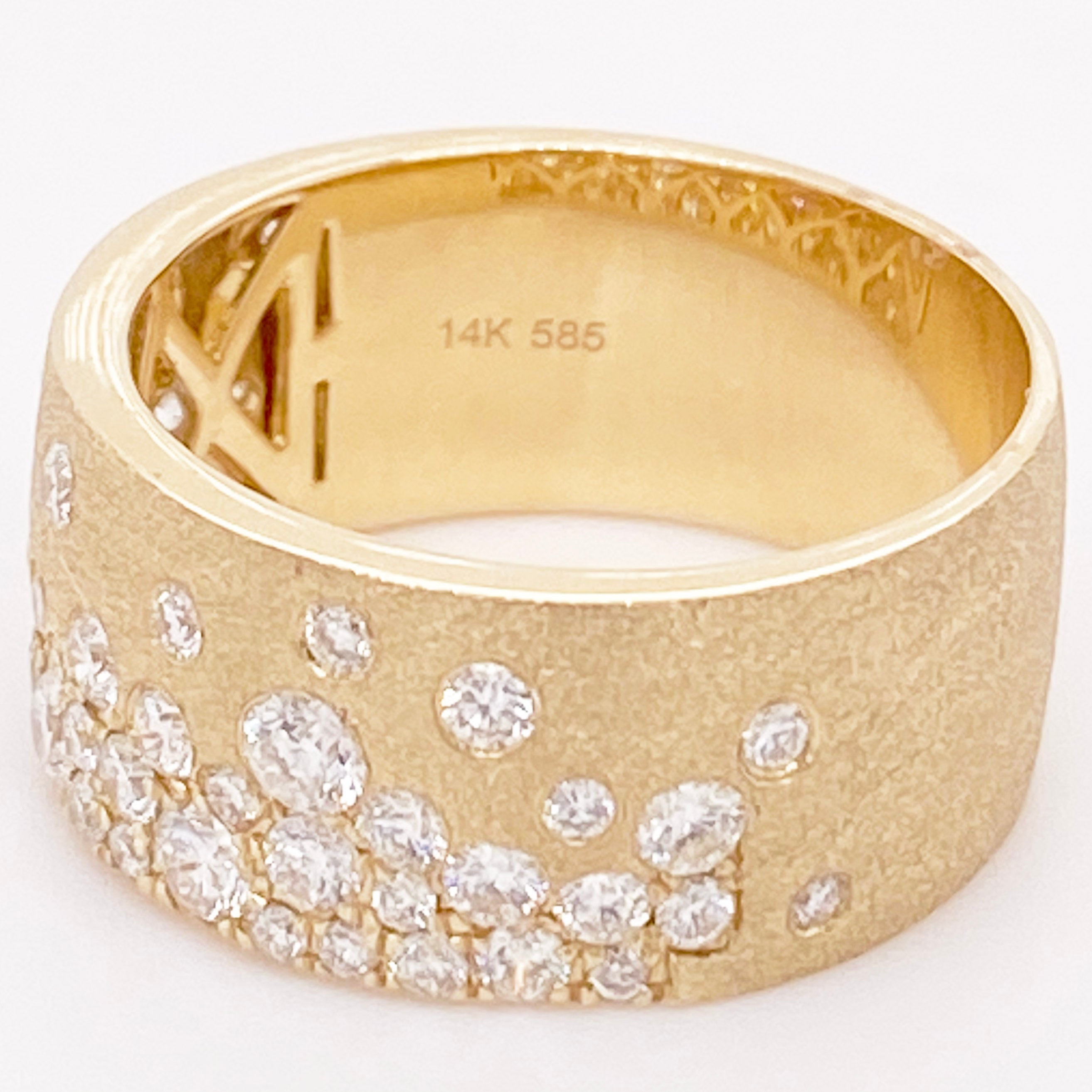

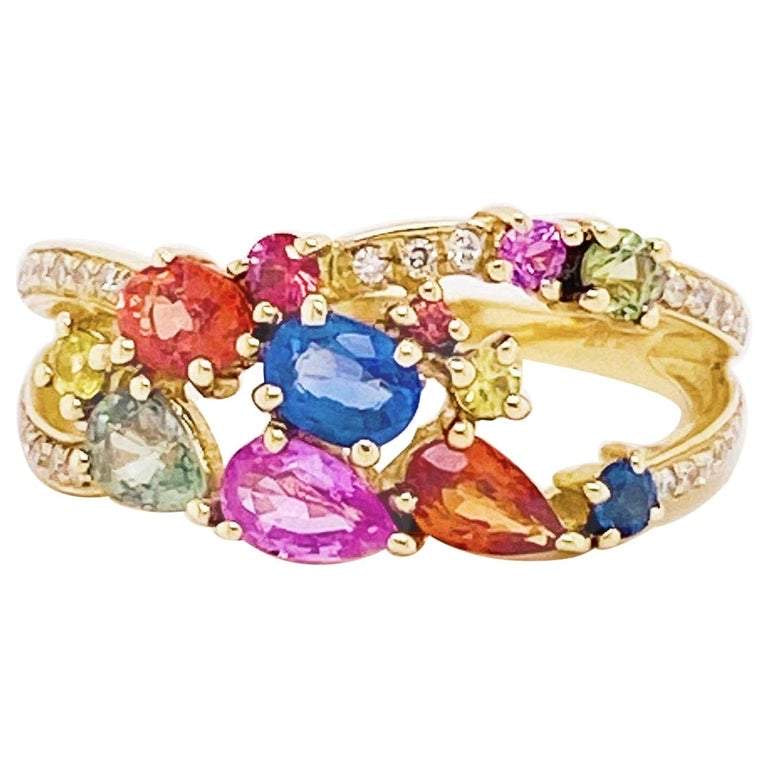
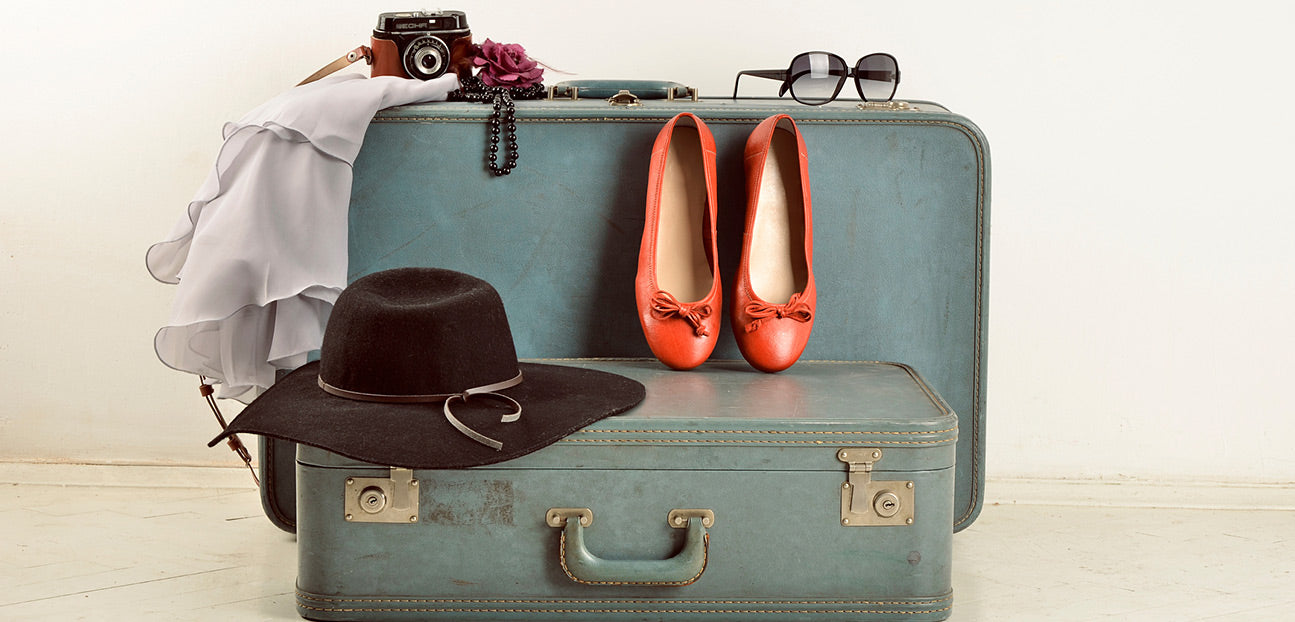

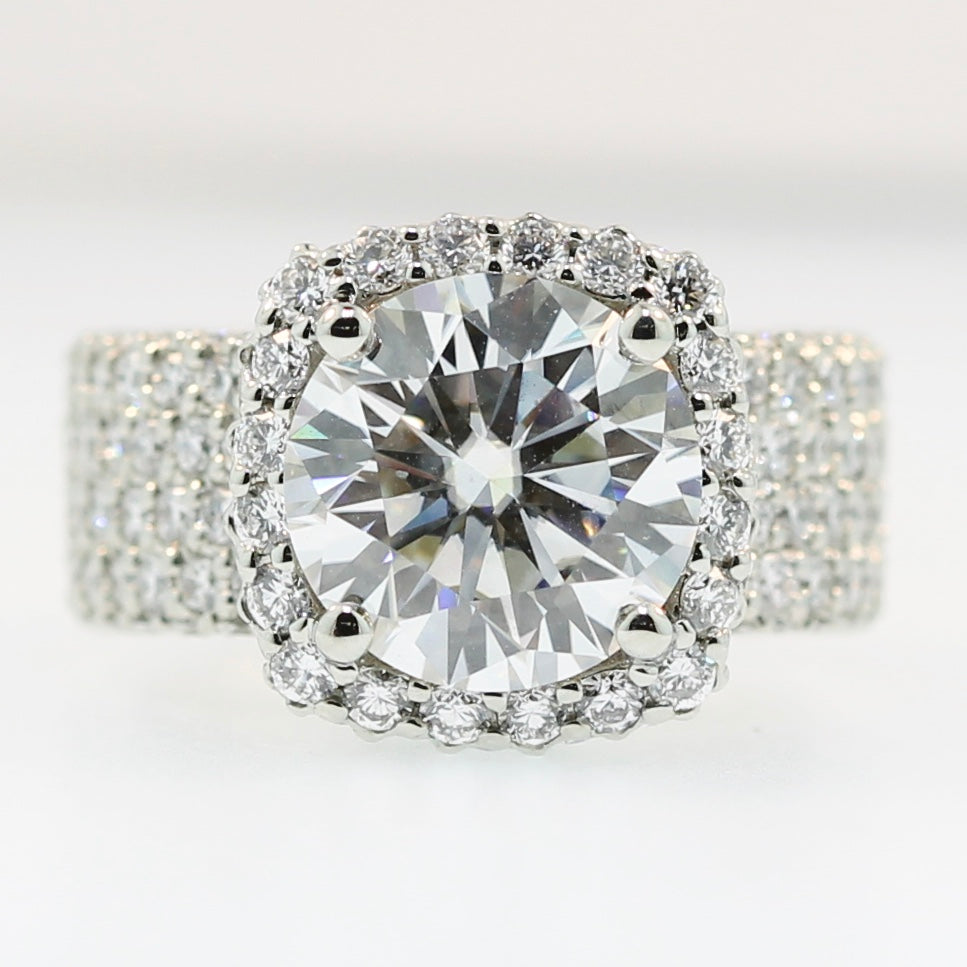
Leave a comment